Boomhall – ‘A major cultural resource for the most beautiful city in Ireland’
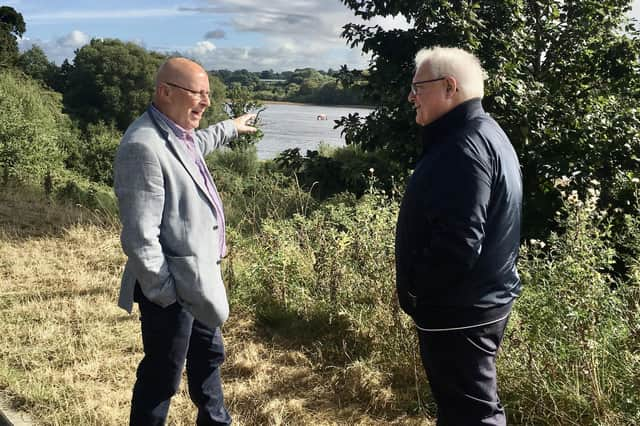

It was a cold but gloriously sunny Saturday morning, and the city was looking stunning.
I drove in from the south on the Letterkenny Road, with all the springtime buds and blossoms beginning to appear among the trees and shrubs along the riverside, and the ancient ‘island’ hill of Derry between the Bogside and the Foyle so clearly discernible.
Advertisement
Hide AdAdvertisement
Hide AdAlmost no matter what direction you approach Derry from you are given a marvellous introductory surprise glimpse of this beautiful and historic city – in my opinion by far the most beautiful city in Ireland.
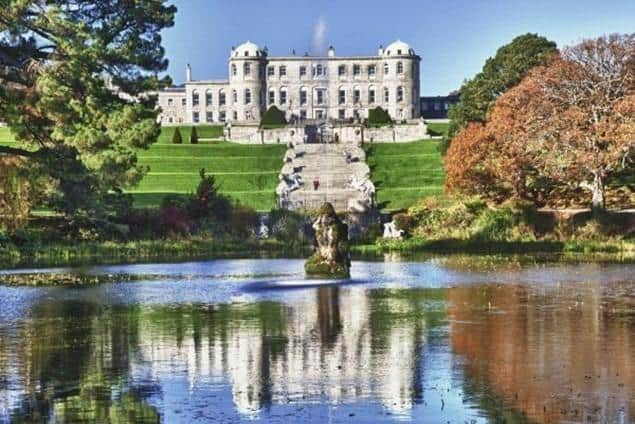

Later I walked across the literally glittering Guildhall Square and Shipquay Place, noting that no other Irish city has as impressive a civic gathering space beside its well-loved town hall.
The recent internal restoration of the Guildhall has added considerably to the elegance of that building and is a marvellous testament to the city’s commitment to the conservation of its historic fabric, derived from such a varied and dramatic past.
It was all very different from my first visit to Derry on November 5, 1974. Admittedly it was quite overcast and raining heavily that day.
Advertisement
Hide AdAdvertisement
Hide AdThe Guildhall was wrapped around by ugly security fences and post-bomb building debris, and the rest of the largely locked-up inner city seemed to be, at best, in shambles.


I was in the city for an interview for a lecturing job at Magee and had come up on the bus from Dublin. I had spent much of the journey reading that day’s edition of the Irish Times.
The paper was full of coverage of a huge fire the night before at the spectacular Powerscourt House in Enniskerry, Co. Wicklow.
As well as reporting on the drama of the actual fire and information about the various owners and history of the house, I remember the paper had an editorial about the importance of, but also fragility of, all aspects of our national heritage and our need to take special care of it.
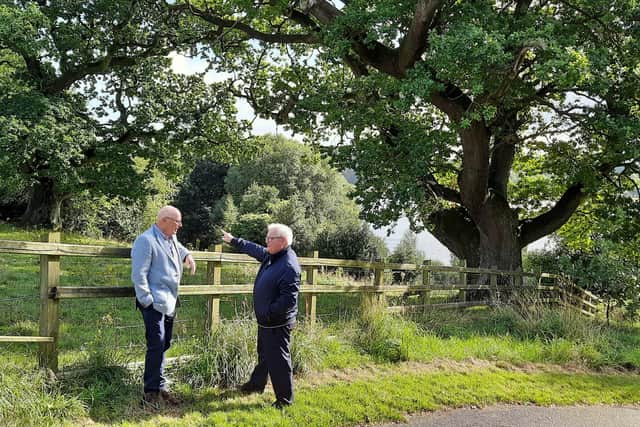

Advertisement
Hide AdAdvertisement
Hide AdParadoxically, I took that article as a sort of good-luck omen because the job I was going to be interviewed for would have a special bearing on the heritage of Derry. As it happened, I got the job!
That day, Powerscourt seemed to be beyond repair or restoration and yet if you go there now it is one of the busiest and most valuable heritage resources on the edge of Dublin.
So far the house itself has only been restored partially but that in itself has been turned to an advantage, allowing the original building techniques and materials to be examined and admired.
I was reminded of all this because recently I came across a brochure about the proposed restoration of Boomhall on the edge of Derry right beside the west end of the Foyle Bridge – another one of those visually spectacular entrances to the city.
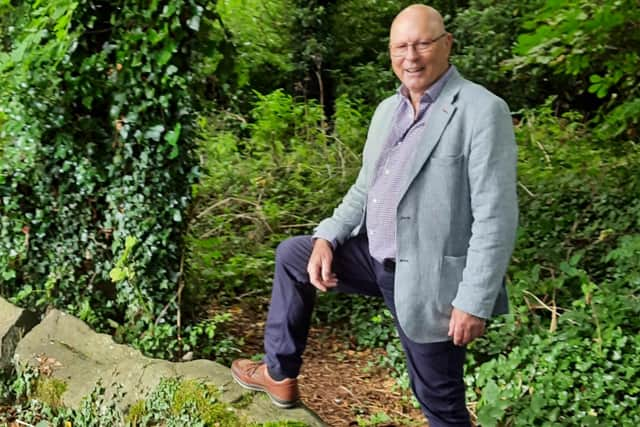

Advertisement
Hide AdAdvertisement
Hide AdThe brochure was a ‘citizen survey’ requesting views about a proposed restoration of the main house and its associated outbuildings (themselves of special heritage merit) and the use of the site for public recreation and tourism purposes.
I remembered when I lived in Derry from the 1970s to the 1990s knowing Bart O’Donnell a little bit. It was Bart who had proposed the restoration of the house and who was also interested in several other heritage projects for the city.
To be honest at that time I couldn’t see that a restoration was a feasible project; the city needed so many other physical developments including restoration of so much of its built heritage that had been lost or damaged in the Troubles.
But in the meantime, a great deal of terrific work has been done on the historic core of the city and, as I mentioned above, I am also aware of the achievements at other similar locations such as at Powerscourt.
Advertisement
Hide AdAdvertisement
Hide AdWhat surprised me even more was to learn that even after almost forty years since he had first proposed it, Bart O’Donnell was still working vigorously on the campaign for the restoration of Boomhall; not just diligently researching its history and associations and canvassing support from both ‘experts’ and local people, but actually putting his own money into the project.
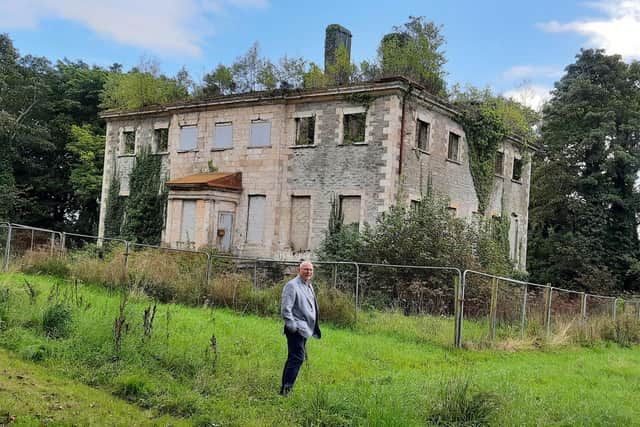

If anyone ever deserved to be rewarded for their ‘faith’ in such a project, it is Bart, now strongly supported by his wife Patricia.
Of course, Boomhall is not just an important grand (albeit ruined) house. It is named from its location adjacent to the historic site of the famous ‘boom’, the amazing wooden barrier built across the river at that point by French engineers to prevent relief ships reaching the besieged city in 1689.
The site of the boom was chosen deliberately at the south end of the channel where the Foyle narrows – almost into a gorge – before widening out into the similarly-named Lough.
Advertisement
Hide AdAdvertisement
Hide AdFor literally thousands of years – from Mesolithic times onwards – people have been travelling along those river narrows and settling on its banks, as is increasingly being revealed through new archaeological discoveries.
Indeed because of the tree cover along the banks, it is one of the few places close to the city where you can get a feeling for what it may have been like when the first pioneering humans came exploring this area of Ireland, maybe eight to ten thousand years ago.
Even in its heyday Boomhall was far from being the grandest great house in Ireland; but it has its own special architectural history and can now be turned into a great asset.
It will be a massive project and will require relatively large funds and lots of people employed to achieve it but, no doubt, with the energy and commitment of people like Bart O’Donnell, those problems will fade into the background and Boomhall will rise again in a new guise as a major cultural resource for Derry.
